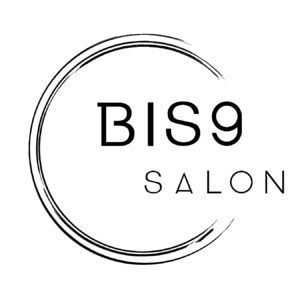
Can Hair Treatments Truly Repair Damaged Hair?
Disclosure: This site is sponsored by affiliate program we may earn money from the companies mentioned in this post as an Amazon affilae partner
Short Answer: Hair treatments can enhance the appearance and manageability of damaged hair, but they cannot completely repair damage at the molecular level.
Detailed Explanation:
Understanding Hair Damage
Hair damage occurs when the protective outer layer (cuticle) is compromised, exposing the inner layers (cortex) to environmental factors, heat, chemicals, and mechanical stress. Common causes of hair damage include:
-
Frequent use of heat styling tools
-
Chemical treatments such as coloring, perming, and relaxing
-
Exposure to harsh weather conditions
-
Improper hair care practices
Types of Hair Treatments
1. Conditioners and Masks:
These products typically contain ingredients like silicones, oils, and proteins that temporarily smooth the hair cuticle, making hair feel softer and look shinier. However, this effect is superficial and washes out over time.
2. Protein Treatments:
Protein treatments help strengthen hair by temporarily filling in gaps in the cuticle. Hydrolyzed proteins can penetrate the hair shaft to some extent, improving hair’s tensile strength and reducing breakage.
3. Moisturizing Treatments:
Hydrating ingredients like glycerin, hyaluronic acid, and natural oils can help restore moisture balance in the hair, making it more flexible and less prone to breakage.
Limitations of Hair Treatments
Temporary Fixes:
Most hair treatments offer temporary improvements. They coat the hair shaft, providing a smoother appearance and reducing tangles and frizz. These benefits diminish with regular washing.
Cannot Reverse Damage:
Once the hair cuticle is damaged or the cortex is exposed, it cannot be fully restored to its original state. Hair treatments cannot repair broken bonds or replace missing cuticle layers.
Preventive Care:
The best way to manage hair damage is through preventive care. This includes minimizing the use of heat styling tools, avoiding harsh chemical treatments, using protective products, and adopting a gentle hair care routine.
Scientific Perspective
Bond-Building Treatments:
Some newer treatments claim to repair hair by rebuilding broken bonds within the hair shaft (e.g., Olaplex). While these treatments can improve hair strength and resilience, their effectiveness varies, and they may not fully restore severely damaged hair.
Long-Term Health:
Consistent use of conditioning and protective treatments can improve the overall health and appearance of hair over time. However, for severely damaged hair, trimming the damaged ends is often the most effective solution.
Conclusion
Hair treatments can significantly enhance the look and feel of damaged hair, providing much-needed moisture, strength, and protection. While they can’t fully repair damage at the molecular level, they play a crucial role in maintaining hair health and preventing further damage. For long-term benefits, combining hair treatments with preventive care practices is essential.
https://www.webmd.com/beauty/video/rescue-damaged-hair
https://www.mayoclinic.org/healthy-lifestyle
https://www.healthline.com/health/beauty-skin-care/hair-care-routine
Tagged damage hair, hair treatment
